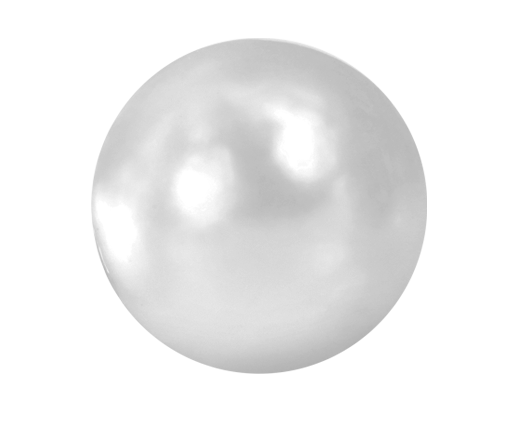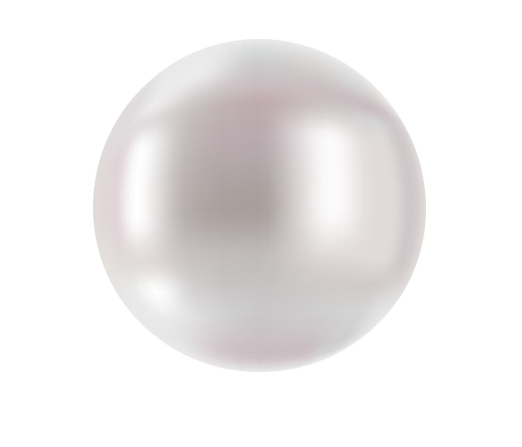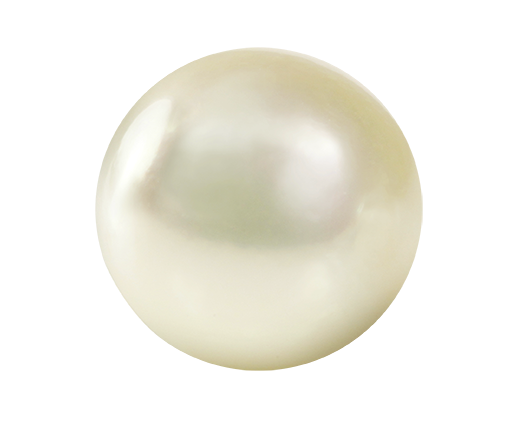Learn
Avoid high temperatures: If a pearl is exposed to higher temperatures for a prolonged period of time, the conchine can dry out which will affect the colour and lustre of the pearl in a negative way. So store your pearls in an environment with modest temperatures (out of direct sunlight) and do not wear your pearls while sunbathing. Avoid chemicals: A pearl’s surface can easily be affected by chemicals. Think of household detergents, cleaning products, the chlorine in swimming water. But also cosmetic products, perfume and even your own perspiration can damage the mother of pearl layer.
Before and after wearing your pearls: If you are going to wear your pearls, make sure you put them on after bathing, after using hairspray or perfume and after you have put on your make-up. After wearing pearl jewellery (especially pearl necklaces) it is important to clean the pearls with a soft, damp cloth. If necessary, you can wipe off your pearls with a little bit of alcohol to remove any dirt or skin oil. Pearl necklaces which are worn on a regular basis should be cleaned once or twice a year in lukewarm water and with a mild detergent. Afterwards, let the necklace dry for at least 24 hours. Furthermore it is advisable to have your pearl necklace properly cleaned and the knots checked by a jeweller or goldsmith annually.
Always remember that your Pearls should be the LAST THING YOU PUT ON when dressing and the FIRST THING YOU TAKE OFF when get home. Always use only jewelry cleaners that are labeled as safe for Pearls. Store your Pearls wrapped in a soft cloth or pouch and protected from all abrasive objects. Wipe your Pearls with a soft cloth moistened with water. Remove your Pearls if you reapply hair spray, or put on perfume with a sprayer, both can damage Pearls. Be aware of the type of fabrics you wear fabrics like Shetland wool can damage Pearls Always remember that you are wearing a gift from the sea and the better you take care of them the longer they will maintain their warm glowing luster.
Store your pearls flat: This both protects the silk they’re strung on and reduces the risk of strands bumping into each other, or into hard surfaces. Separate strand: Place each strand of pearls in a different, lined section of your safe’s jewelry tray. Wrap your pearls in a soft, breathable material: Linen, chamois, or tissue paper works very well. This protects them from bumping into other jewelry or hard surfaces.
Pearl Valuation
Pearls are classified by origin, then graded by size, shape, nacre thickness, color, luster, surface clarity and matching. These qualities are not considered equal. Some factors will be weighted to give them more influence in arriving at a final grade.
Formation of Pearls
There are essentially three types of pearls: natural, cultured and imitation. A natural pearl (often called an Oriental pearl) forms when an irritant works its way into a particular species of oyster, mussel, or clam. As a defense mechanism, the mollusk secretes a fluid to coat the irritant. Layer upon layer of this coating is deposited on the irritant until a lustrous pearl is formed.



Origin of Pearls
Pearls predominately come from Japan, Australia, Indonesia, Myanmar, China, India, Philippines, and Tahiti. The South Sea waters around Australia, Indonesia, and Myanmar are renowned for their large, white pearls, while Japan’s pearls are highly valued for their lustrous character. Freshwater pearls constitute the bulk of China’s pearl efforts.















